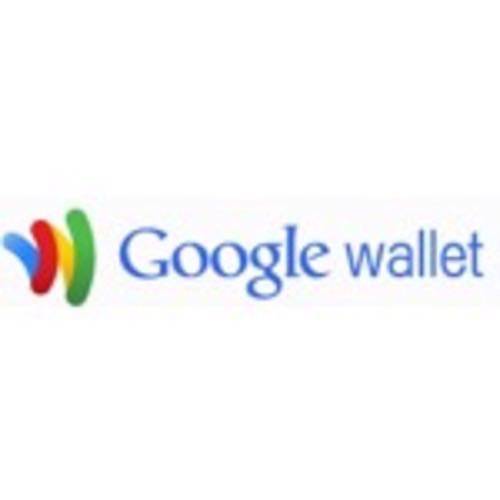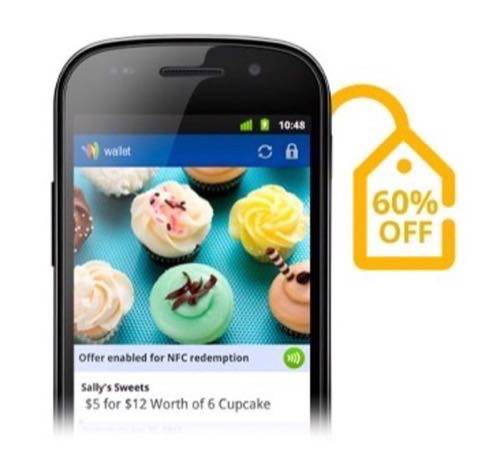Google’s NFC-enabled mobile wallet was announced this morning in partnership with mobile operator Sprint, issuing bank Citi and payment network MasterCard. But did you know that you don’t have to be a Citi card holder to try the service? As it turns out, Google is also offering a free “virtual” card which you can load up with funds from any account. And to get you enthused about testing this new mobile payments technology, Google is giving everyone $10 for free to get started.


Hey! Free Money!
According to the Google Wallet website, the Google Prepaid Card is a virtual credit card which you can fund with any of your existing credit card accounts. The funding source doesn’t have to be Citi, nor does it have to be a MasterCard. Instead, you’ll simply activate the preloaded prepaid card within the Wallet application to begin to use it. Because the Google Prepaid Card is virtual, you won’t receive a plastic card in the mail, explains Google.
And here’s the best part: Google will give you $10 for free just for activating its PrePaid Card. That means free money to spend at Google’s partners’ shops, a list that includes Peet’s Coffee, Subway, Walgreens, Toys R Us, American Eagle Outfitters, Foot Locker, Bloomingdale’s, The Container Store, Einstein Bros. Bagels, Jamba Juice, Guess, Macy’s, Walgreens and more. Plus, Google Wallet works at any MasterCard Paypass-enabled merchant, like CVS, Sports Authority, Jack in the Box, Sunoco and The Coca Cola Company (select vending machines).
Is There a Catch? Depends on How Creepy You Think Google is…
In all seriousness, if you’re wondering why Google is pushing Google Wallet so hard that it’s willing to hand out free cash, you have to understand Google’s core business. No, not search, silly! Advertising.
With a mobile payments system like Google Wallet, the company can track transactions all the way through from the first time a user clicks on an ad in Google’s search results to the time of checkout at the point-of-sale. It will also open up whole new forms of advertising, like geo-targeted ads based on your current location, offers that appear when you search for a local business through Google’s Yelp-like Google Places service, offers that appear when you search just for a business category (e.g., “lunch,” “drug store”), Groupon-like group-buying deals, offers that appear on store loyalty cards loaded into the Wallet service, offers available on physical signage, in-store displays, posters, NFC-enabled tags and more.
Google wants to tie all parts of the buying process together starting with the initial research (for larger purchases, perhaps) or the on-the-go queries performed on your mobile phone all the way to the end result – the merchant that gets your money. And it wants to keep track of your shopping habits and trends, so it can serve you even better ads. More targeted, highly personalized ads that are more likely to appeal to you, and you alone.
How very Minority Report.
In a way, this is type of narrowed down targeting isn’t all that different from what Facebook provides advertisers today – a way to direct a message to carefully selected and filtered members of the online population. For example, a Facebook advertiser could direct ads to all unmarried women aged 25-35 who live within 20 miles of New York. Google, on the other hand, will know you not only through your Google profile and use of its numerous other services, it will also know you in a way that may have even more appeal to some advertisers: where you spend, how much, how often, where you are now and what you’re trying to find. Sounds like a winning formula, and maybe a little creepy.
But that’s Google for you. As Chairman Eric Schmidt once said while CEO, “Google policy is to get right to the creepy line and not cross it.”
Did it succeed?










